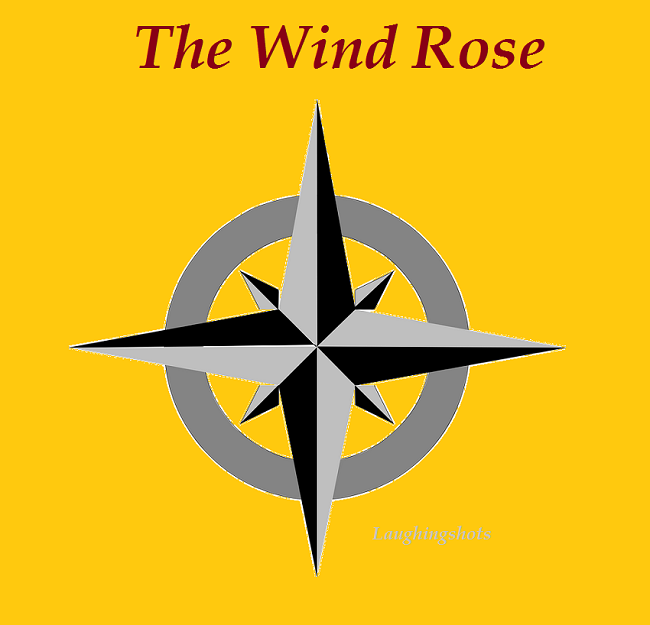These symbols have a very long history and their meaning have changed significantly over the time. In the ancient time these symbol were believed to have some kind of power. Today we will tell you the secret of these most famous symbols.
The earliest history of Ouroboros dates back to 4200 BC. It was popular in religion, magic, alchemy, mythology, and psychology. Ouroboros signifies the cycle of life and death. In different cultures it could symbolize things without beginning or end, yin and yang, or good and evil.
Yin Yang is believed to have originated in the 1st-3rd century AD in Buddhist beliefs.
This symbol dates back to 4000-3000 BC.
The snake is a symbol of both death and immortality as its poison can both kill and cure. The vessel was originally used by Paduan apothecaries in the Middle Ages.
Christians worshipped the sign as a symbol of the Virgin Mary; in Asia, it signified cosmic powers; in India, mind control.
The crescent became strongly associated with Islam in 1453, after the fall of Constantinople.
The pentagram was a protective sign against evil forces. Babylonian traders drew it on their doors to prevent theft. Pythagoras thought it a mathematical perfection containing the golden meaning.
In early Christianity, an overturned pentagram was the symbol of Jesus, but then Éliphas Lévi coined it as a symbol of Satan.
The earliest appearances of this image date back to 2000 BC. This symbol appears in Asia, the Middle East, and Egypt. The wheel is attributed to the Sun and signifies the cycle of life.
Later, the Wheel of Fortune appeared as a symbol of the whims of Fate. Its spokes brought fortune and misfortune, in turns.
The history of this symbol is dated at 1300 AD. The wind rose is a symbol of a guiding light and the sailors’ amulet. They even made tattoos with it in the 18th-20th centuries.
The earliest history of Ouroboros dates back to 4200 BC. It was popular in religion, magic, alchemy, mythology, and psychology. Ouroboros signifies the cycle of life and death. In different cultures it could symbolize things without beginning or end, yin and yang, or good and evil.
Yin Yang is believed to have originated in the 1st-3rd century AD in Buddhist beliefs.
It describe how seemingly opposite or contrary forces may actually be complementary, interconnected, and interdependent in the natural world, and how they may give rise to each other as they interrelate to one another.
In Hindu legends, Gandaberunda the Two-Headed Eagle was a symbol of cosmic balance. In Buddhism, it signified the might of Buddha. In Islam, the absolute power of the Sultan.
The eagle appeared in many cultures and religions, always symbolizing power and might. In Russia it has become the national coat of arms.
The eagle appeared in many cultures and religions, always symbolizing power and might. In Russia it has become the national coat of arms.
The snake cup is the vessel of Hygieia, the Ancient Greek goddess of health whose name is used in the word "hygiene."
The snake is a symbol of both death and immortality as its poison can both kill and cure. The vessel was originally used by Paduan apothecaries in the Middle Ages.
The history of this symbol dates back to 8000 BC.
The swastika is a symbol of happiness, creation, and prosperity. Asian and Indian beliefs attribute it to the Sun.
In English-speaking countries, it was popular in the early 20th century, comprising four L’s: Light, Love, Life, and Luck.
After Nazi Germany had taken it for themselves, many countries outlawed this symbol.
This symbol was widely popular even in 3000 BC. In India, it was a sign of the Heart Chakra, combining the male and the female principles.
In 1354, Roman Emperor Charles IV allowed the Prague Jews to have their own flag, and they claimed the Star of David for their own.
The symbol first appeared in 3500 BC and was used in Egypt, Greece, India, Byzantium, and the Sumerian Kingdom.Christians worshipped the sign as a symbol of the Virgin Mary; in Asia, it signified cosmic powers; in India, mind control.
The crescent became strongly associated with Islam in 1453, after the fall of Constantinople.
Early five-point stars date back to 3500 BC.
The pentagram was a protective sign against evil forces. Babylonian traders drew it on their doors to prevent theft. Pythagoras thought it a mathematical perfection containing the golden meaning.
In early Christianity, an overturned pentagram was the symbol of Jesus, but then Éliphas Lévi coined it as a symbol of Satan.
Later, the Wheel of Fortune appeared as a symbol of the whims of Fate. Its spokes brought fortune and misfortune, in turns.
The history of this symbol is dated at 1300 AD. The wind rose is a symbol of a guiding light and the sailors’ amulet. They even made tattoos with it in the 18th-20th centuries.





















No comments:
Post a Comment
Post your comment here.